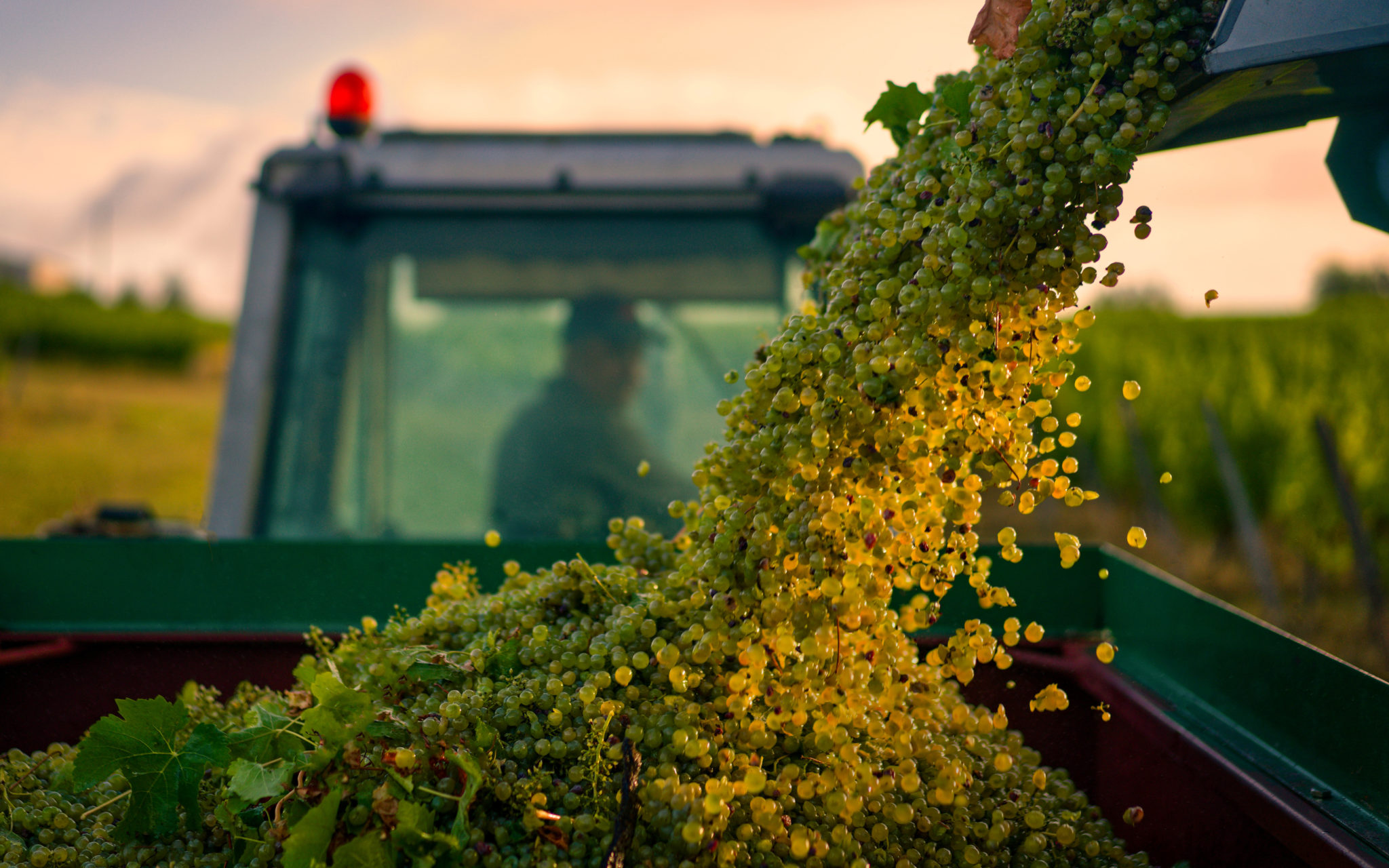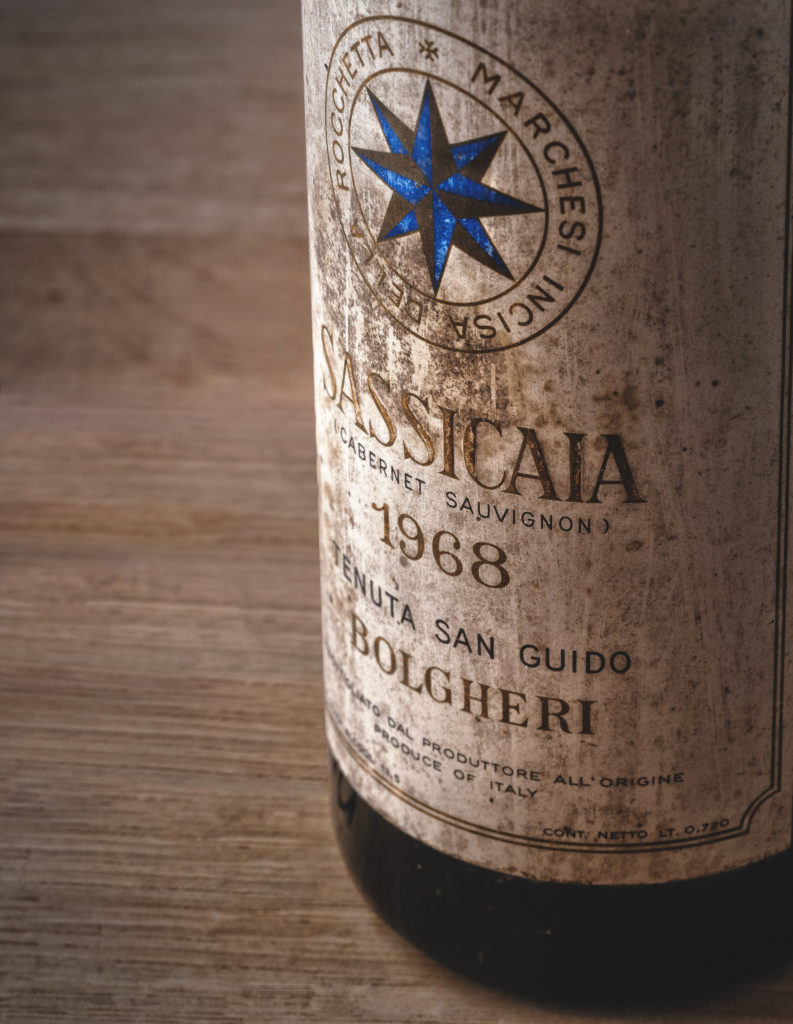May 25th, 2022

Kellerei St. Michael‐ Eppan Cantina – Trentino Alto‐Adige, Italy.
Courtesy Klaus Peterlin
The 2021 list of top traded wines reads like the fine wine hall of fame. Just as years before, wines originating in the French province of Bordeaux, a small southwestern city an hour from the Atlantic, were traded more than wines from any other region. Yet despite Bordeaux’s continuing prominence, last year’s industry data revealed that it might not be that way forever. While Bordeaux dominated the top 10, its growth slowed, outpaced significantly by wines from Burgundy, a region in France’s central northeast. While Bordeaux trades grew by 9.2 percent in 2021, Burgundy wines grew by 20 percent, over double its neighbor. So, what happened in Bordeaux?
The Fine Wine Index outperformed FTSE 1000 and gold in 2021.
Throughout this issue, we see that investments grew significantly not only in several sectors, but also in alternative assets.
The fine wine index surpassed FTSE 1000 and gold, and within this macro trend, some blue-chip labels and regions showed even greater increases. Although Bordeaux wines are still the most traded labels in terms of total value, their share has been on a downward trend for the past decade as the market diversifies.

Harvest of Semillon Grapes at Chateau des Ganfards – Bergerac, France.
Courtesy Oscar Oliveras Gea
Attesting further to Burgundy’s buoyancy, five out of the 10 highest risers in the Liv-Ex rankings were Burgundy wines, along with Piedmont and California. While the Liv-Ex Fine Wine 100 Index showed a growth of 36.8 percent for the Burgundy 150 Index last year, the Bordeaux 500 achieved just over 11 percent.
Burgundy is known for its small production of investment-grade wines. It has only 61,000 acres of vineyard, which is about one-fifth of Bordeaux. However, it produces 100 A.O.C.-certified wines, more than anywhere else in France. The initials, which stand for Appellations d’Origine Contrôlée, certify a wine’s authenticity, geographical characteristics and other unique qualities.
The Burgundy 150 Index rose over 36% last year, with market prices driven by a historic low in production.
Daniele de Vecchi, Chief Technical Officer at Saturnalia, a startup that analyzes how environmental patterns affect vineyards using satellite data and artificial intelligence, explains, “Scarcity has been a main driver of the price of Burgundy wines.” The current climate trend—increased exposure to frost risk due to warmer winters—will only push up prices.”
For the past 13 years, Burgundy has been hit hard by the weather, which makes wine production even more limited and challenging. Justin Knock, Oeno Group’s Wine Director and a Master of Wine, tells us, “There have really only been two decent crops, 2017 and 2018, in Burgundy since 2009, with increasing incidences of frost and hail, followed sometimes by drought.”

Sassicaia 1968.
Courtesy Davide Bischeri © Mirror Digital Agency
“Saturnalia’s data can help consumers better understand each vintage, decide what to buy, and discover vineyards with similar conditions,” de Vecchi says.
Following severe weather which affected the 2020 harvest, 2021 had the lowest wine yields for almost 30 years. According to the official Burgundy wine marketing bureau, Bureau Interprofessionnel des Vins de Bourgogne, the total crop of about 25 million gallons was half of a normal year. Saturnalia’s data showed that warm daytime temperatures in April spurred earlier flowering, which caused the fruit to suffer damage from spring frosts. Higher-than-usual rainfall in July and September led to more risk of diseases and reduced the grapes’ sugar concentration.
Severe weather in 2021 caused Burgundy yields to hit a 30-year low, which can further push up prices.
Hail hit some areas, and so the fruit required a lot of selection during harvesting. “To survive through the very low-yielding 2021 release next year,” says Knock, “Burgundian producers are holding back on stock of the 2020 vintage.” These factors have led to even greater price increases, as the available stock of Burgundy wines continues to dwindle.
While Burgundy’s investment performance stood out in 2021, the rest of the fine wine market is broadening as it comes to terms with perceived saturation and homogenization of choice. The annual trade share of Bordeaux dropped to below 40 percent for the first time. Rather than a reflection on the region itself, this indicates growing interest in other areas worldwide.

Chateau Mouton‐Rothschild – Pauillac, France.
Courtesy Alain Benoit and @Deepixstudio
Knock states, “Merchants added more wines of global origins to bring a new sense of excitement to the market. They want wines where the share of profits can be distributed down the value chain, instead of being concentrated only at the winery. For years, margins at the end of the Bordeaux en-primeur chain have been squeezed. So the wine trade is determined to diversify out of Bordeaux.”
Italian wine market growth surpassed Bordeaux for the very first time in the 2021 fine wine index.

Meursault Vineyards – Burgundy, France.
Courtesy Tim Clinch
Burgundy’s fast growth is the first sign of that. Fast growing wines are coming from outside of France, too. Trades of Italian wines rose by 20 percent, overtaking Bordeaux’s growth for the very first time, and are led by the Super Tuscans. Sassicaia by Tenuta San Guido made its way into the top five most traded wines last year, among Bordeaux giants Chateau Lafite, Petrus, Chateau Mouton-Rothschild and Chateau Margaux.
“The rise in appreciation is greatly influenced by the trend of the vintages,” Tenuta San Guido General Manager Carlo Paoli says. “2019, 2020 and 2021 produced great depth, comparable to 2015, 2016 and 2018—a year which marked Sassicaia’s 50th anniversary on the market.”
The power trio of Sassicaia, Solaia and Ornellaia is accompanied by Masseto and the rising star Tignanello. Piedmont labels are performing well, with Barolo and Barbaresco looking particularly promising with high expectations for the 2021 vintage. Brands from other regions of Italy have also entered the secondary market, driven by the country’s growing reputation for fine wines on the international stage.
Bordeaux had nearly 40% of annual trade share in 2021.

Chateau Haut‐Brion – Bordeaux, France.
Courtesy Chateau Haut-Brion
Champagne—with a much broader consumer base from diners and club-goers to investors seeking the best vintages by houses such as Krug and Dom Pérignon—also performed well last year as the Liv-Ex Champagne 50 Index grew nearly 34 percent. Production levels were reduced in 2020 and 2021 due to the pandemic and a challenging harvest, and, with the current supply chain and labor challenges, champagne prices are expected to keep increasing.
As the fine wine market continues to broaden and weather patterns remain unpredictable, data collected directly from vineyards around the world can be a valuable guide to investment decisions.





